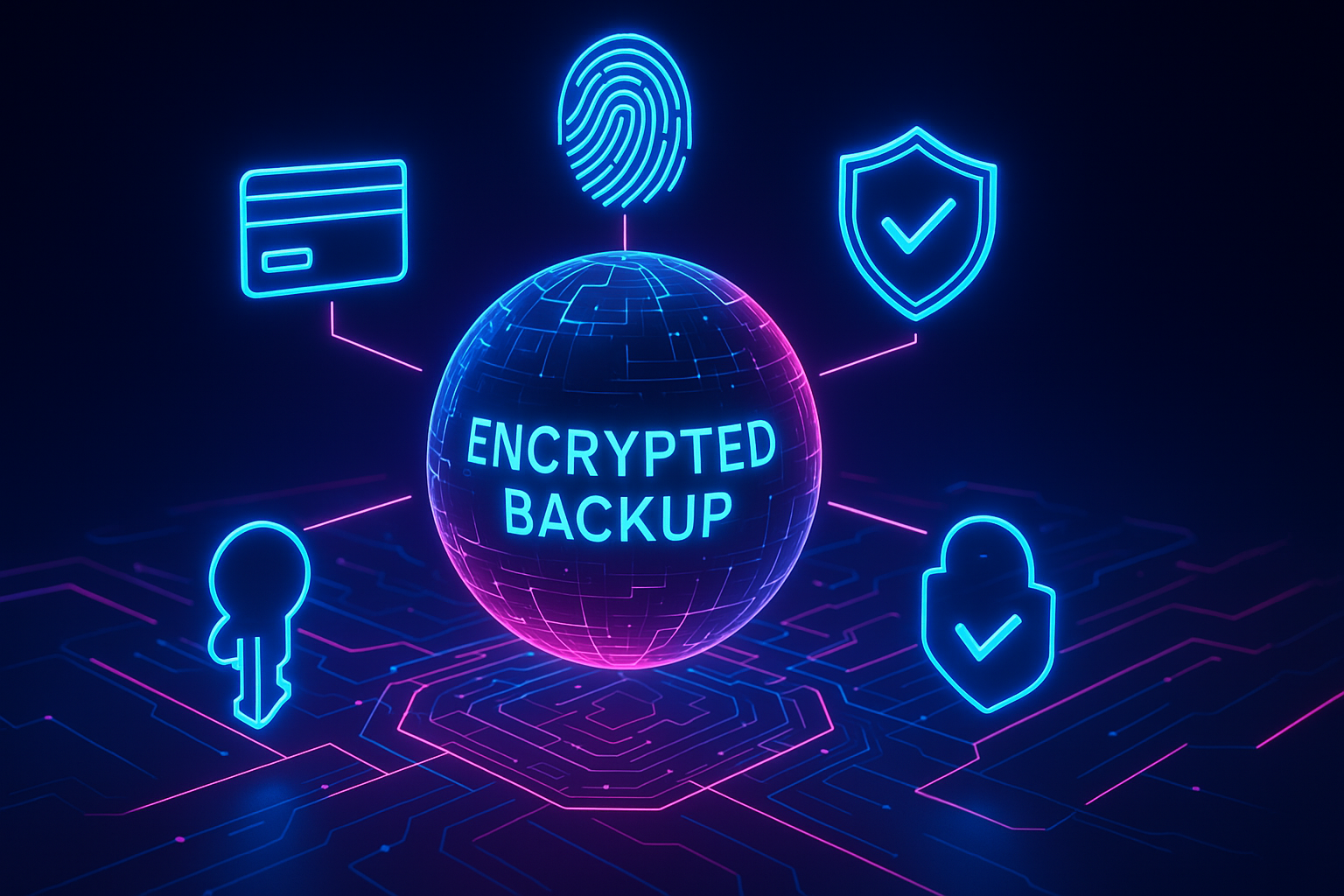Credential mismanagement causes more Salesforce data exposure and downtime than most code defects. OAuth credentials, including Consumer Keys and their matching secrets, often appear in public repositories or unsecured internal channels without detection. Attackers monitor these locations, collect exposed tokens, and use them to target integration endpoints.
A leaked Consumer Key alone does not grant access, but it does provide the exact client_id needed to automate brute-force attempts or launch targeted phishing campaigns. When paired with the matching secret, it can be used to impersonate trusted apps, bypass MFA for human users, and extract records without triggering alerts.
This guide explains how Salesforce administrators, developers, and DevOps teams can locate Consumer Keys, understand their role in authentication, and secure them across production, sandboxes, and CI/CD pipelines.
Understanding the Salesforce Consumer Key
A Salesforce Consumer Key is an alphanumeric string assigned to every Connected App. It serves as the app’s public identifier during OAuth authentication. When paired with its Consumer Secret, it allows Salesforce to verify which application is requesting access before issuing tokens.
Finding a Consumer Key in Salesforce:
- Go to Setup → App Manager
- Locate your Connected App
- Select the down arrow → Manage
- Under API (Enable OAuth Settings), copy the Consumer Key value
Each Connected App has its own unique key/secret pair. This separation lets you revoke credentials for a single integration without affecting others, reducing downtime and limiting the impact of a compromise.
The two credentials serve different purposes:
- Consumer Key: Public identifier; safe to store in access-controlled configuration files
- Consumer Secret: Private credential; must be stored securely in a secrets manager
Salesforce enforces this separation in all OAuth flows, from web-server grants to client-credential integrations. The key alone is insufficient for access; Salesforce also requires the secret, an approved grant type, and additional proofs such as signed JWTs or IP allowlists. The Connected App framework provides a centralized, auditable location to create, rotate, and revoke Consumer Keys, simplifying credential lifecycle management.
How the Consumer Key Works in Salesforce OAuth 2.0
In Salesforce OAuth 2.0 authentication, the Consumer Key is the public client_id for a Connected App. The Consumer Secret is the private client_secret that proves the request comes from the registered app. Salesforce will only issue an access or refresh token if both credentials, plus any required proofs such as signed JWTs or valid redirect URLs, match the Connected App’s configuration.
When an integration sends the Consumer Key to the /services/oauth2/token endpoint with the correct grant parameters, Salesforce validates the key against its Connected App registry, checks the secret or signature, confirms scopes and policies, then issues short-lived access tokens and, when applicable, longer-lived refresh tokens.
Example (Client Credentials Flow):
curl https://login.salesforce.com/services/oauth2/token \
-d "grant_type=client_credentials" \
-d "client_id=$CONSUMER_KEY" \
-d "client_secret=$CONSUMER_SECRET"
If any element is missing or incorrect, Salesforce returns an invalid_client_id or invalid_client error, reinforcing that the Consumer Key alone grants no access.
Primary OAuth Flows Using the Consumer Key
Salesforce supports several OAuth 2.0 flows to meet different integration requirements. In each case, the Consumer Key identifies the Connected App, but the credentials, grant types, and interaction models differ. Selecting the correct flow depends on whether the integration is interactive, automated, or certificate-based.
- Web Server Flow (Authorization Code Grant): For web or mobile applications that require user interaction. The Consumer Key is included in the authorization request and again during the token exchange.
- Client Credentials Flow: For backend services or scheduled jobs that run without user interaction. The Consumer Key and secret are submitted directly for token issuance.
- JWT Bearer Flow: For integrations using a signed JSON Web Token. The Consumer Key is placed in the
issclaim, allowing Salesforce to match the request to the correct Connected App. - Username-Password Flow: A legacy method combining the Consumer Key, secret, and user credentials. It bypasses interactive consent and should be limited to controlled, non-interactive automations.
Refresh tokens are linked to the original Consumer Key. Rotating or deactivating the key immediately invalidates all associated refresh tokens, so plan lifecycle changes to avoid unplanned integration downtime.
Best Practices for Securing the Consumer Key
The Consumer Key is not a password, but its exposure still increases the risk of targeted attacks against integration endpoints. Strong credential hygiene combines secure storage, access control, monitoring, and regular rotation.
- Secure storage: Never hard-code keys or share them in unsecured channels. Store them in a secrets manager (e.g., AWS Secrets Manager, HashiCorp Vault) or Salesforce Named Credentials, ensuring encryption, role-based access, and audit logging.
- Automated scanning: Integrate secret-scanning into CI/CD pipelines to block commits containing strings that match key patterns.
- Access restrictions: Use trusted IP ranges and minimize OAuth scopes to reduce exposure. Set short session lifetimes and enforce refresh token expiration policies
- Regular rotation: Rotate keys at least annually, after personnel changes, or when compromise is suspected. Automate the process to update the Connected App, push the new key to the secrets manager, and redeploy environment variables.
- Continuous monitoring: Review Connected App login history for anomalies and feed logs into SIEM tools to detect suspicious behavior.
Flosum’s native Salesforce DevOps platform keeps credentials within Salesforce, updates pipeline variables automatically during key rotation, and consolidates audit logs into a single view, delivering SOC 2–ready controls without relying on external vaults or custom scripts.
Common Use Cases and Troubleshooting
When authentication fails, a structured approach helps isolate the cause quickly. Start by verifying the Consumer Key, confirming the Consumer Secret, reviewing OAuth scopes, and checking for network or configuration issues. Most failures originate in one of these layers.
Third-Party SaaS Integrations
Third-party platforms such as Marketo, Tableau, and MuleSoft frequently connect to Salesforce using the Web Server or Client Credentials flow. These integrations depend on precise Consumer Key configuration, matching callback URLs, and correct OAuth scopes. Even a small mismatch can stop data syncs, trigger invalid client errors, or cause silent token expirations. When issues occur:
- Confirm the Consumer Key in the vendor interface matches the value in Salesforce Setup
- For Web Server flows, ensure callback URLs match exactly between the vendor and Connected App configuration
- Review OAuth scopes for background jobs; missing
refresh_tokencan cause silent token expiry - Check the Connected App’s login history for error codes such as
INVALID_CLIENTorredirect_uri_mismatchto pinpoint misconfigurations
For RPA platforms like UiPath that store Salesforce credentials directly, leaving the key or secret blank will trigger invalid_client_id errors. Correct the credentials, re-run the automation, and confirm successful logins in the Connected App’s history.
Custom Apps and Middleware
Custom-built applications — including Node.js services, Java applications, ETL jobs, and serverless functions — often authenticate with Salesforce using the Client Credentials or JWT Bearer flow. These integrations require careful handling of environment variables, grant types, and token lifecycles to avoid runtime failures. When troubleshooting:
- Verify environment variables (
SALESFORCE_CLIENT_IDandSALESFORCE_CLIENT_SECRET) are populated in every deployment environment - Ensure token refresh logic is in place or switch to JWT Bearer to avoid refresh token management
- Check login hour or IP restrictions for the integration user and confirm API version compatibility with the SDK in use
- Run a minimal authentication request to confirm grant type and scope configuration:
curl https://yourDomain.my.salesforce.com/services/oauth2/token \
-d "grant_type=client_credentials" \
-d "client_id=$SALESFORCE_CLIENT_ID" \
-d "client_secret=$SALESFORCE_CLIENT_SECRET"
CI/CD Pipelines (Jenkins, GitLab, Flosum)
Automated deployment pipelines face unique Consumer Key challenges, including key conflicts across environments, cached tokens in runners, and security risks from improper credential storage. These pipelines often transport Connected App metadata as part of deployment packages, making it critical to isolate and protect authentication credentials. To maintain stability and security:
- Store keys and secrets in the pipeline’s secret manager, not source control
- Update variables immediately after key rotation and clear cached tokens in runners to avoid
invalid_granterrors - Avoid
Consumer key is already takenconflicts by generating unique keys per environment - Use a non-interactive redirect URI (e.g.,
http://localhost) that matches the Connected App configuration - Limit the integration user to deploy-only permissions for improved security
To reduce integration friction, centralize credential management within Salesforce whenever possible. Avoid moving Consumer Keys into external storage unless operationally required, and maintain unique keys for each environment to prevent deployment conflicts. Apply least-privilege access to integration users, granting only the scopes and permissions necessary for the specific workflow. These practices limit exposure, prevent key collisions, and simplify lifecycle management across environments.
Why Flosum Keeps Your Consumer Keys Secure
The Consumer Key is central to every Salesforce integration, and its compromise can give attackers a direct path to automate data extraction or escalate privileges. Protecting it requires disciplined execution across several fronts:
- Store keys in encrypted vaults or Salesforce Named Credentials
- Rotate them on a set schedule and after any personnel changes
- Limit OAuth scopes to the minimum needed for each integration
- Monitor Connected App login history to detect unusual activity early
In complex DevOps environments, these safeguards can be difficult to apply consistently. Flosum’s native Salesforce architecture keeps Consumer Keys inside your existing security perimeter, removing the risks tied to external storage, middleware, or unmanaged deployment pipelines. Credential rotation, access controls, and event monitoring are enforced through the same governance model you already use in Salesforce, reducing exposure without increasing operational overhead.
Protect your Salesforce integrations with a platform built to keep authentication inside Salesforce from start to finish. Book a Flosum demo today to see how native credential management closes security gaps while simplifying administration.
Thank you for subscribing









